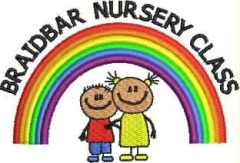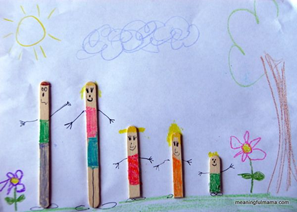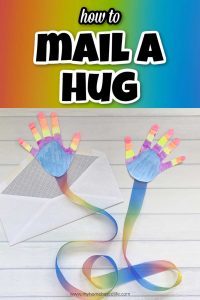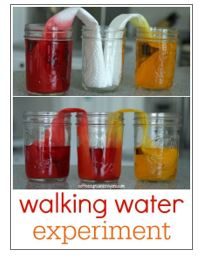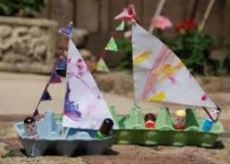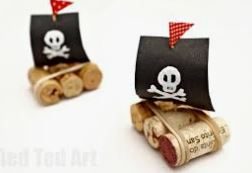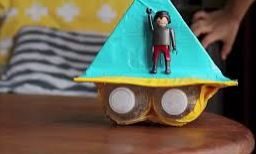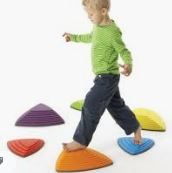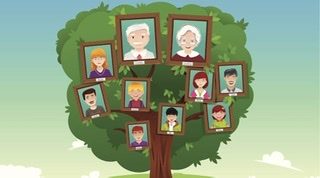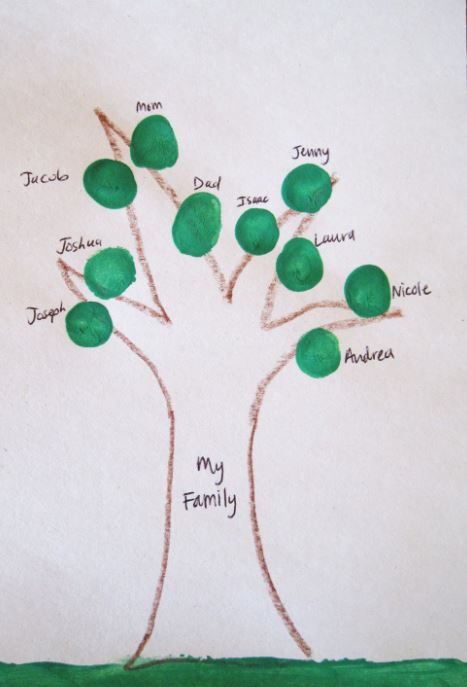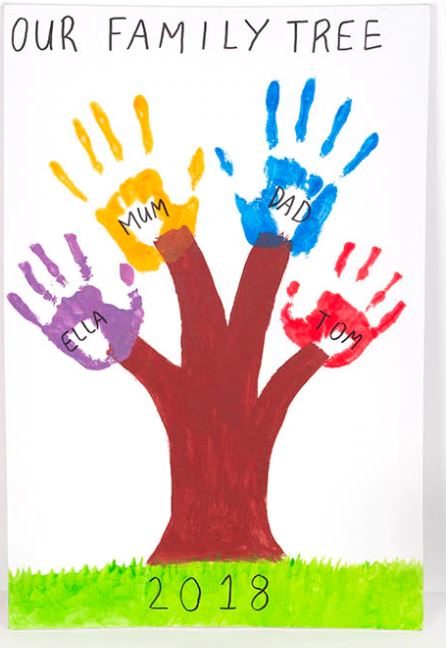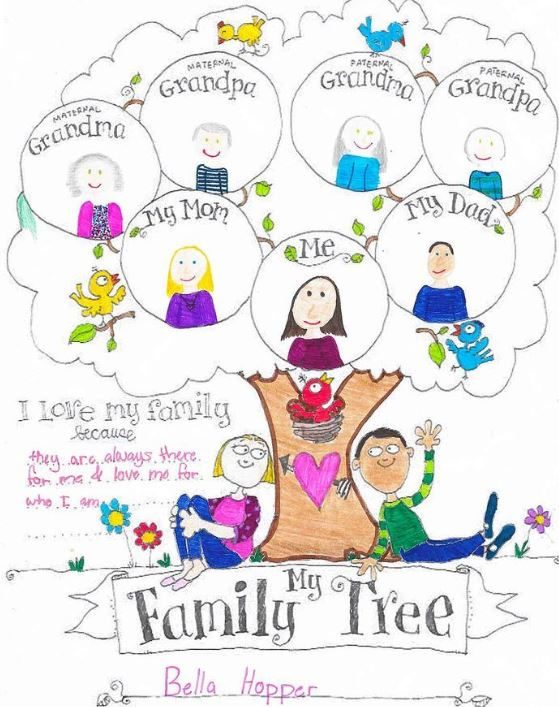Bom dia!
COMING UP
Green + Purple group Blether today at 2pm. Join us if you can!
FRIDAY = In Service Day (Blog post and some activity on Teams)
MONDAY + TUESDAY = Holidays (No blog post nor Teams activity)
This week is Children’s Mental Health Week with the tagline ‘Express Yourself’. We invite you to think again about what makes you and your family unique and special and how you can express and share this. Today we will think a little about family near and far as well as traditions.
Talk about all the different places your family live in and try and find them on a map. You could start with a map of Glasgow… then Scotland… then the UK… then Europe and maybe the whole world! Where is the furthest away place you have family living? Does your close family live near by and extended family like aunties and cousins further away? Does your family mostly live close together or spread apart over the country or the whole world?
Maybe you could find a globe or atlas and look up the countries where you have family. Are some of them very far away? I wonder what its like living there? And how long it would take to get there. Have you any photos that the family have sent? Maybe you could visit them one day!
Why don’t you draw, write, cut or stick to record some of the things you have discussed and found out?
B. Katie Morag is a little Scottish girl who lives on an island. She is lucky to have lots of people in her family who love and care for her. Can you think of all the people who love and care for you?
Katie has two grans – Grandma Mainland (who she doesn’t see so often) and Grannie Island (they spend lots of time together) – and she loves them both. Watch this story about them and think about what is the same/different about the two grans. What makes each of them special? Is there someone in your family like either of the grans? Could you create a book about you and them doing something together?
Each country has its own traditions. In Denmark 🇩🇰 when you are a a child and it is your birthday you have a special birthday cake called a Kagemand (cake man) or a Kagekone (cake woman). This is what it looks like.
The cake is made from pastry and covered with sweets to look like a person.
Can you design your own Danish birthday cake, maybe you could draw it or paint it, choosing which sweets you would use to decorate it? 🤔 You might even want to bake a cake or use other foods to create a special person.
Do you have special foods you like to make or eat for a family celebration? Why don’t you choose one as a special treat and write a shopping list to buy all the ingredients before you make it?
Next week many of us will mark Shrove Tuesday or Pancake Day by eating pancakes. In some other countries this day might be called Mardi Gras or Fat Tuesday.
In Poland, it is another day that week which is important – Fat Thursday. On this day people follow traditions by eating not pancakes but lots of doughnuts! At home, school, work – doughnuts, doughnuts everywhere! Miss Paterson thinks the best ones are the traditional ones with rose-flavoured jam and she is looking forward to eating some next week.
Doughnuts can be make at home in very hot oil but most people buy them in shops. Here is how thousands of doughnuts are made in a factory every day. Listen out for interesting words like hopper, nozzle, rotating… I like the sound of a ‘shower of cinnamon’! Do you? 🙂
E. Every family is unique and special. In nursery we learn about festivals that different people celebrate and some of the traditions they follow. You can find out about many festivals here:
https://www.bbc.co.uk/cbeebies/shows/lets-celebrate
The words we use and the way we communicate in our own family is very special. How do you family say Hello and Goodbye? Maybe you could film a short video of you to post on Teams to say Hello to your friends in another language. Perhaps you could count to ten or tell us about your favourite toy or food in a language that your family uses.
Why don’t you draw or write something for someone in your family to remind them how special they are to you and how much you love them?
Why don’t you all work together to make and plan a piece of family art? It may be transient art where you get an old picture frame and different interesting things such as stones, beads, gems, feathers, sticks etc. and see if you can create a family portrait. You can take a photo before the image disappears.
You could put items in a paper bag that represent each family member. A small toy, paper in someone’s favourite colour, a teabag, a picture… You then pull the items out one at a time and talk about what they represent and why it is important to that person.
If you wish to create a keepsake of this time you could use some of the above items and store them in a jar which you could decorate; stick them onto a collage image; create an object with air- drying clay and incorporate some of the smaller treasures you have picked out.
I. Why don’t you use this time to start some new traditions that you can look forward to in years to come? For example, one of your friends celebrated her special fourth birthday this week with a sleepover in her big sister’s room. What a lovely idea!
